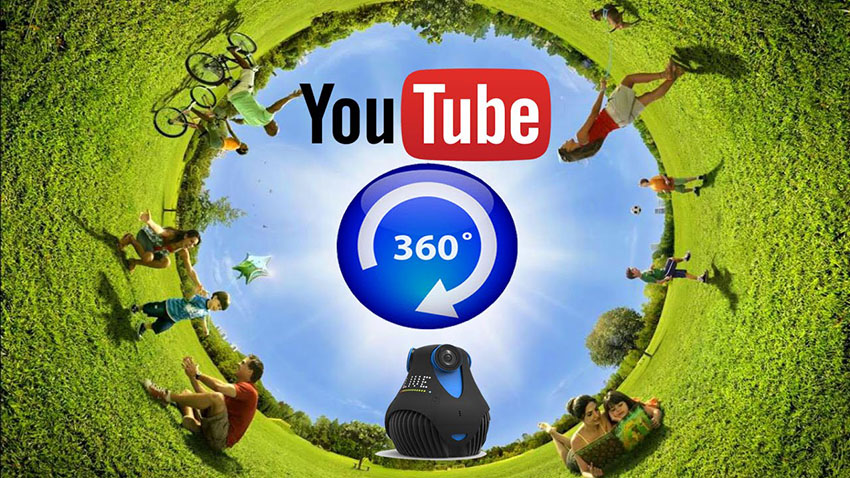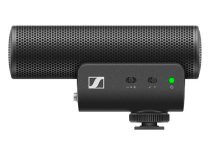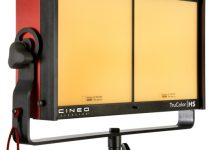It seems that 360-degree videos are generating a lot of buzz lately as more and more filmmakers are excited and curious to dip their toes into the world of virtual reality content. Creating these videos, however, hasn’t much to do with conventional shooting as the only common asset both mediums share is the capturing device itself. Obviously, you will need more than one conventional camera for your VR setup which is an essential aspect of the process that needs to be taken into consideration right off the bat.
Whether you are going to use some of the more affordable 360-degree camera options such as Kodak SP360, Ricoh Theta, Bublcam, Giroptic 360cam, Centr, IC Real Tech Allie etc or you prefer to build your own rig the choice is all yours. Of course, if you have more serious budget to spend you can always get a dedicated VR rig like Google Jump, however, it’s definitely not cheap as it’s going to set you back $15,000. Ouch!
Another important consideration that you should keep in mind is that everything that you are going to shoot with such a device will be in view, literally, you, your equipment, your operator and even your cat. The consistent lighting is another important factor that needs to be considered if you want to succeed in your first attempts at capturing 360 videos.

Think of this as you are going to make a complex panoramic shot as you normally would with your smartphone, but, this time, utilzing a handful of cameras recording video at 360 degrees simultaneously. Plan carefully your shots and do some testing upfront. And, if you’re still wondering why you are going to need at least six GoPro’s to achieve the panoramic effect, here is the answer.
Assuming that you’ve captured some awesome 360-degree footage, but now you have to find a way to put it together, right? One of the most popular 360-degree editing platforms out there is Kolor Autopano Video.The software automatically synchronizes your video streams and stitches them together to get a final 360-degree video with uniformly calibrated color and exposure. Then you can render the edited material in Full HD, 4K and everything in between. You can even pull some still frames if you want to.
As a rule of thumb, a standard short 360-degree video produced with six GoPro cameras has approximately 20-50 MB and can be watched within some seconds, depending on the computing power of your editing workstation. For a higher resolution videos, the size of the file will be significantly larger and more resources will be required respectively.
Here’s an in-depth tutorial that’s going to walk you through the editing process.
Before you upload your panoramic video to YouTube you need to use a dedicated app provided by the platform itself. The video needs to include certain metadata for 360-degree playback to be enabled. The whole process of uploading may take up to an hour depending on the length and resolution of your video, so be patient. It’s worth noting that currently YouTube supports 360-degree videos with 24, 25 or 30 frames per second. You will find the full instructions on uploading such videos on YouTube here.
[via: Premium Beat]
Disclaimer: As an Amazon Associate partner and participant in B&H and Adorama Affiliate programmes, we earn a small comission from each purchase made through the affiliate links listed above at no additional cost to you.




